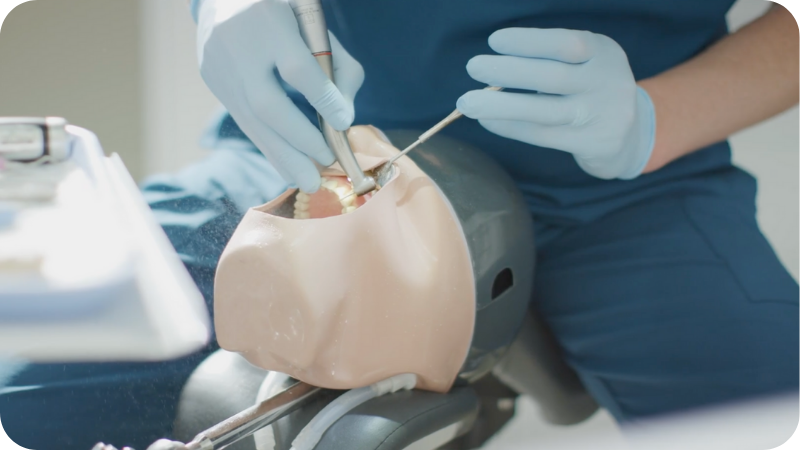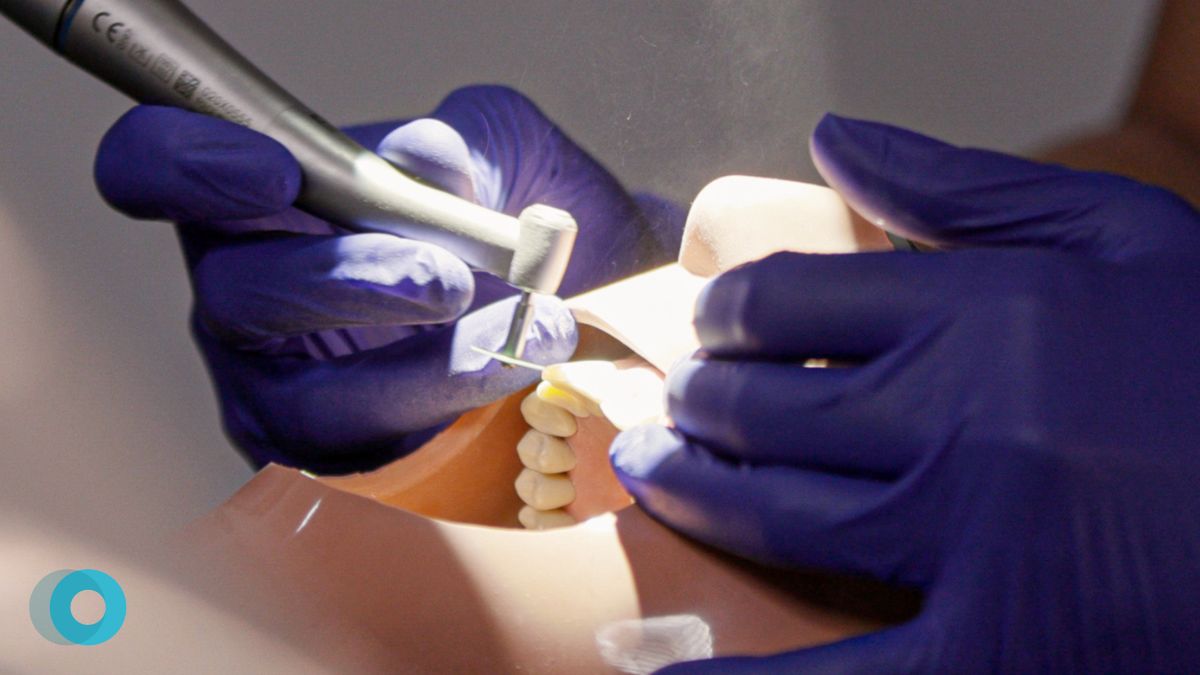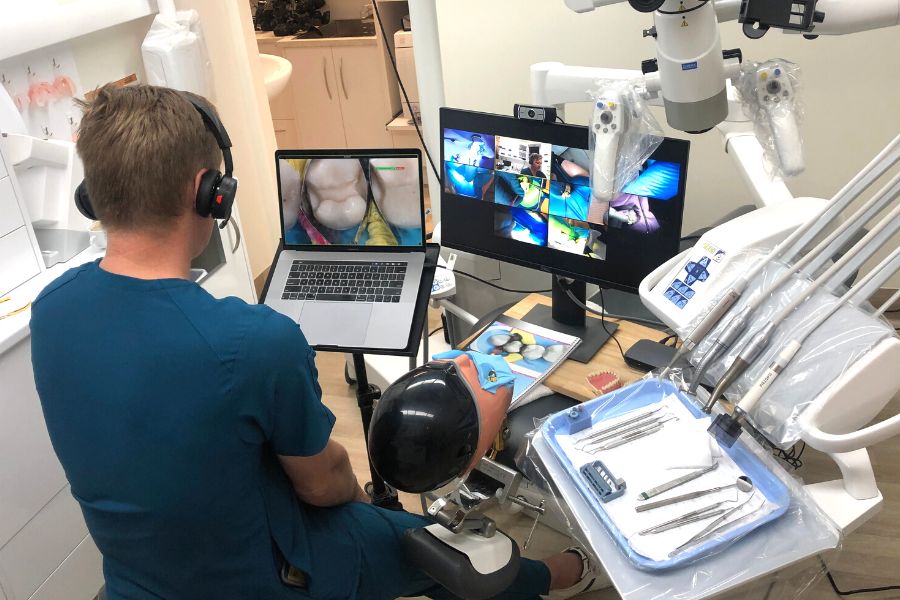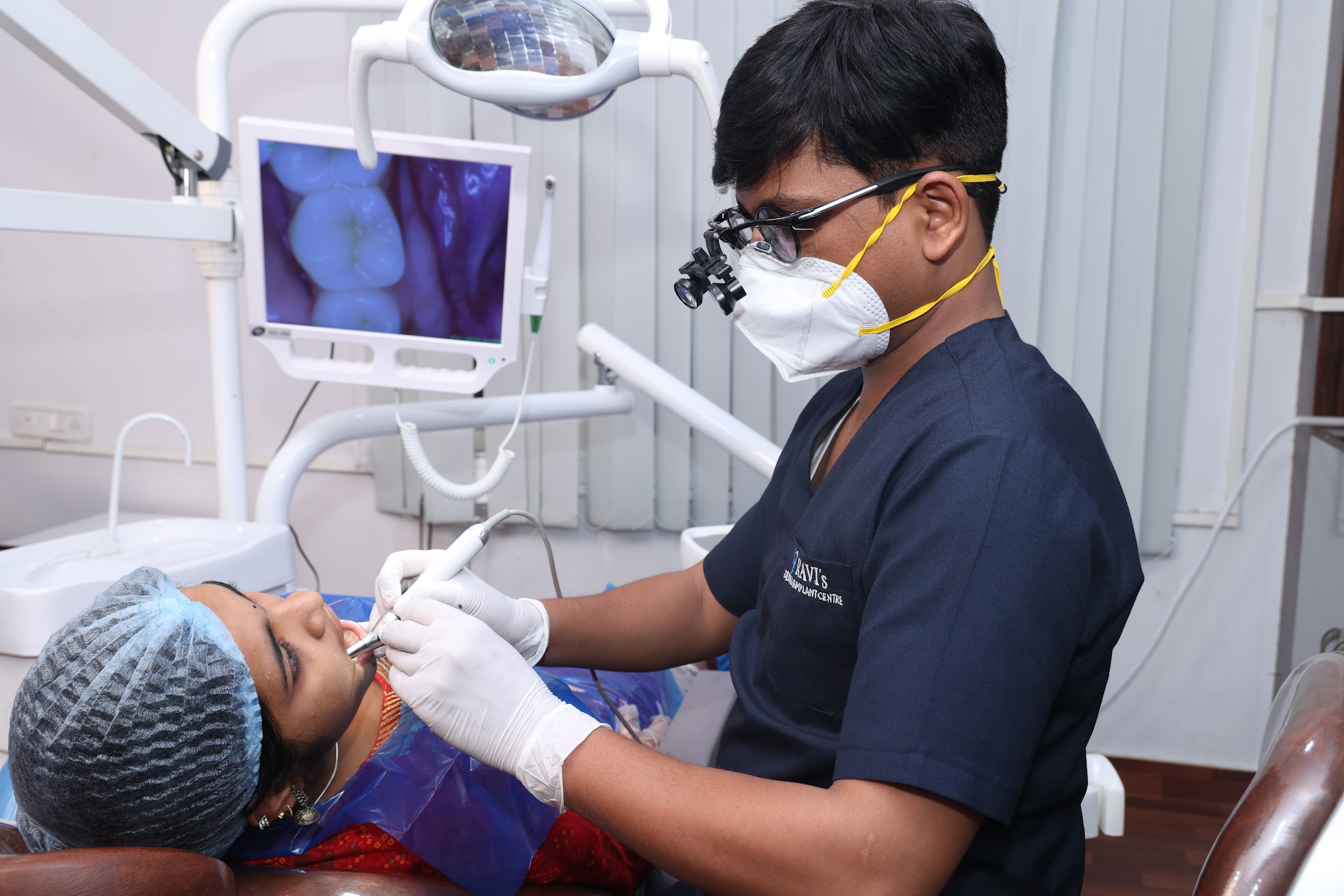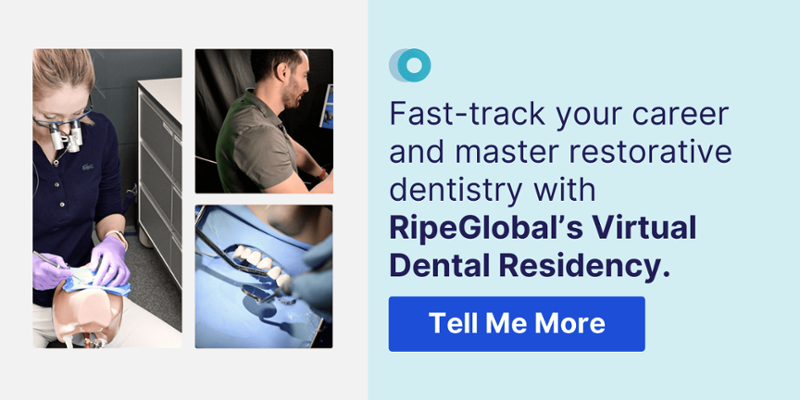Building a Career in Restorative Dentistry
Whether you are in dental school or have already begun your career journey, having the knowledge, experience, and ability to better the lives of your patients is what drives you.
Practicing restorative dentistry can help you help your patients.
However, dental restoration procedures and skill mastery is not included in many traditional dental education programs. Like many in the profession, you may be searching for a way to gain confidence through engaging learning opportunities and repetitive practice.
To add restorative dentistry to your skillset, it’s important to first analyze the discipline, understand why you should — or shouldn’t — offer these procedures to your patients, and determine the best way to earn the credentials and Continued Education (CE) credits you’ll need in restorative dentistry to reach your career goals.
Dental Restoration Types & Procedures
What Is Restorative Dentistry?
Dental restoration is a vast discipline that requires a deep understanding of how specific procedures can improve the lives of your patients. Restorative Dentistry, defined by the Cleveland Clinic, is an umbrella term for the procedures and techniques used to repair or replace missing or damaged teeth, which “help improve oral health and function.”
The Difference Between Restorative Dentistry and Cosmetic Dentistry
Restorative procedures can improve the quality of life for your patients by making it easier for them to perform functions such as chewing and speaking. Some restorations may have aesthetic value, such as a filling that matches the look and color of the tooth, but that is not the primary goal. In contrast, the focus of cosmetic dentistry is to improve the overall appearance of your patient’s smile. Advanced teeth whitening and veneers are prime examples of cosmetic procedures.
Restorative Dentistry Procedures & Challenges:
Fillings
Procedure Definition: Fillings are commonly used to treat cavities. After all decayed tissue is removed, dental amalgam is used to “fill” the tooth.
Challenge: An improper filling that has decayed tissue trapped under the filling material can cause further damage to your patient’s tooth and gum line. The location of the cavity can make cleaning and filling difficult to master. With the help of demonstrations and repetitive practice, you can offer exemplary fillings to your patients to further their oral health.
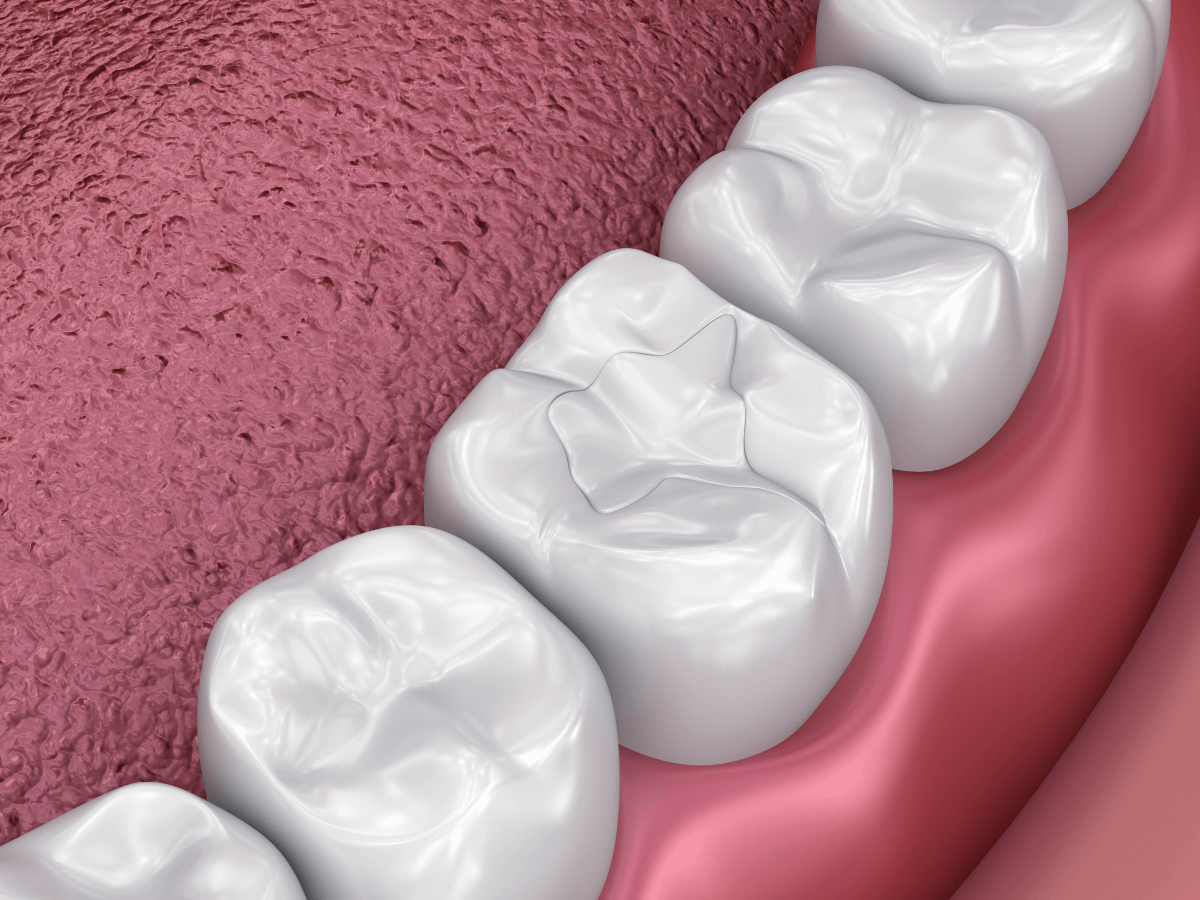
Crowns
Procedure Definition: Crowns can be used to cap a tooth when the cavity is beyond the repair capabilities of a filling. Since dental crowns cover the top of the tooth, they can provide protection against further damage while improving the functionality of the tooth. Crowns can be made out of a variety of materials and require a number of steps to be properly prepped and placed.
Challenge: While removing decayed tissue may be a bit easier when working on larger cavities, shaping the remaining tooth to fit the crown requires repetitive practice and a mastery of core knowledge.
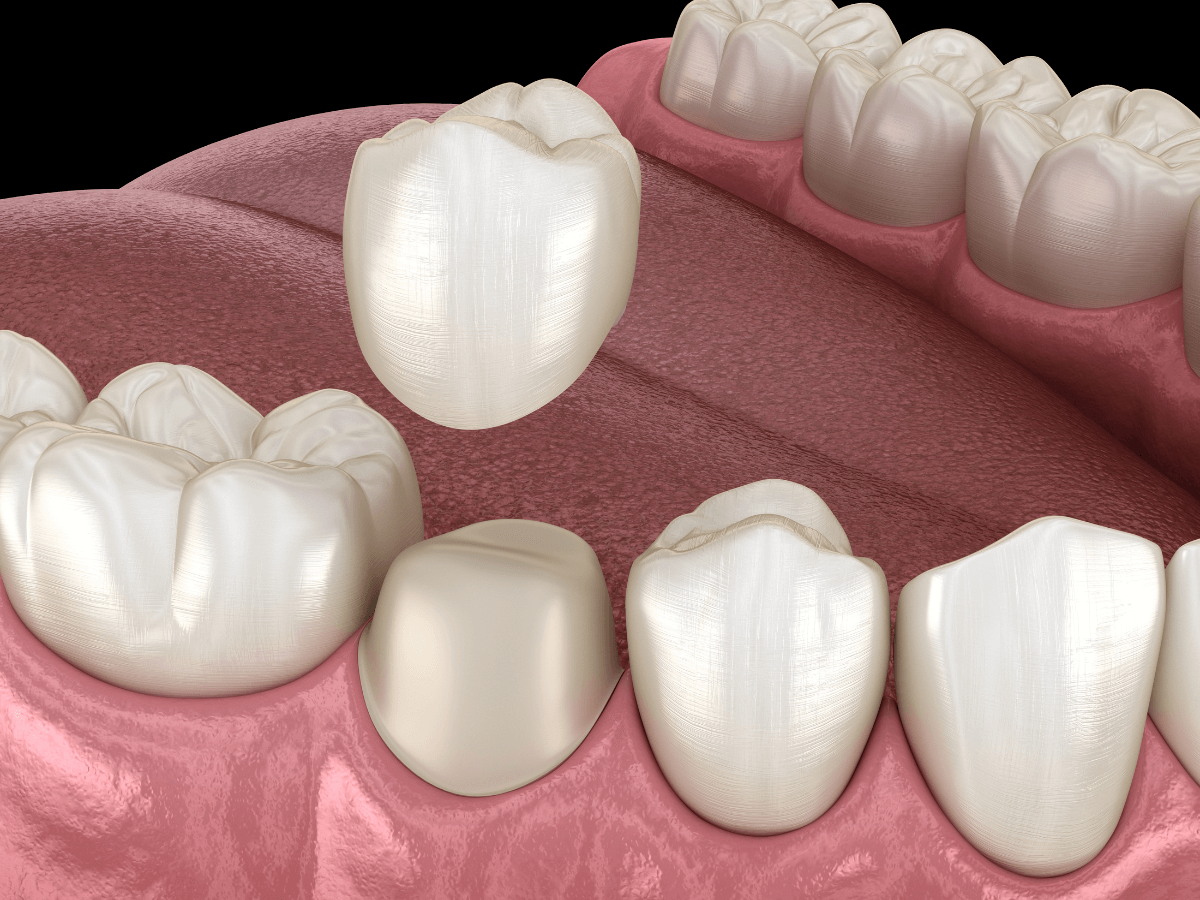
Inlays and Onlays
Procedure Definition: Inlays and onlays — also called indirect fillings — are used for filling in cavities when fillings may not be enough, and a crown would be considered excessive. Inlays fill in hollow areas of the tooth between the cusps, and onlays are used to fill in larger areas including over the cusps without covering the entire tooth.
Indirect fillings are made in a lab using an impression taken during the first office visit. During the same visit, the tooth is prepped and a temporary indirect filling is used to keep the patient comfortable while waiting for the lab-created material to arrive. The second office visit is used to apply the indirect filling to the tooth and ensure a secure fit.
Challenge: Although inlays and onlays do not require shaping the tooth, these procedures can be difficult as they require precision to fully protect and restore the damaged area while still being functional and comfortable for your patient.
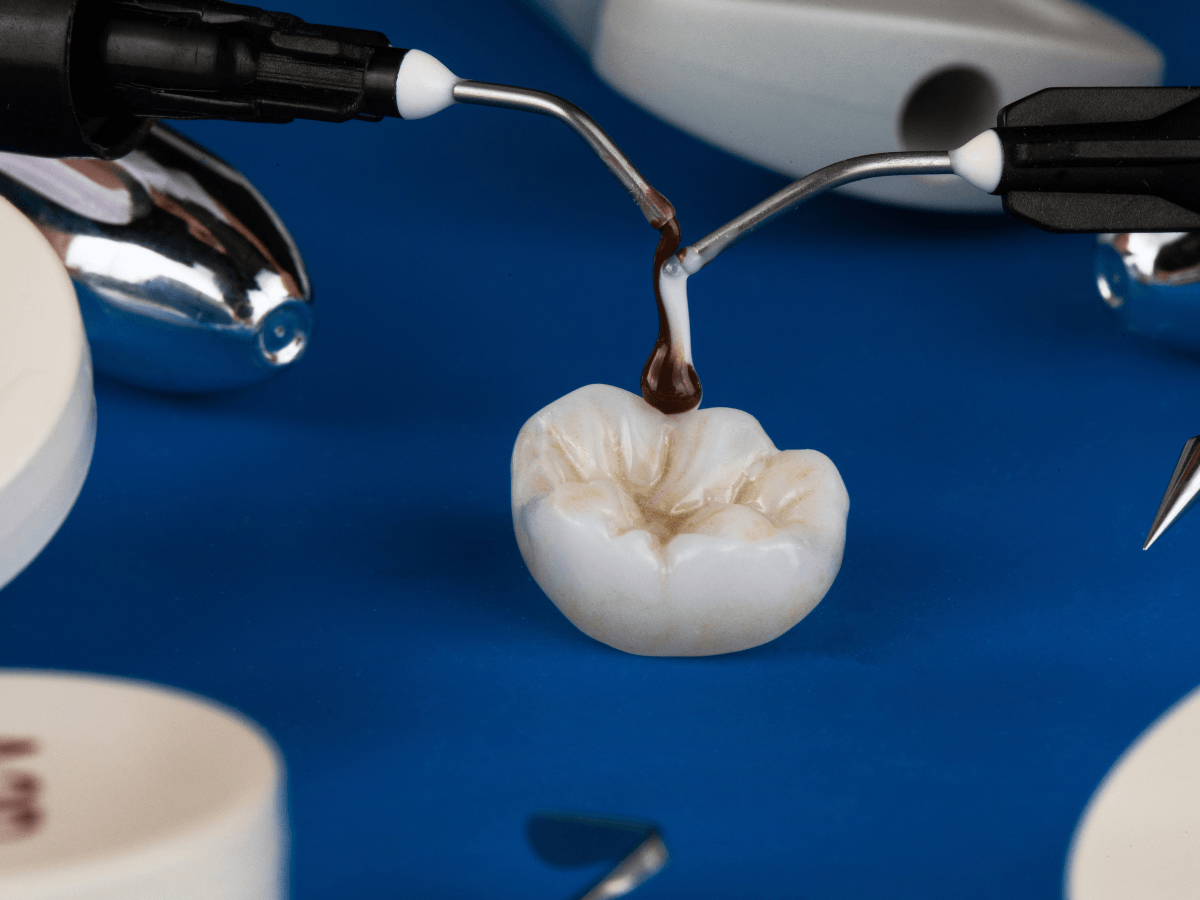
Root Canal Therapy
Procedure Definition: To avoid replacing a tooth, root canal therapy is used for pain relief of an inflamed or infected root caused by advanced tooth decay. During the procedure, the dentist removes the affected pulp, cleans and shapes the root, and uses a filling to cover and protect the tooth.
Challenge: Since root canals address infections of dental pulp, they fall under the specialization of endodontics and require a practiced hand for long-lasting procedure results.
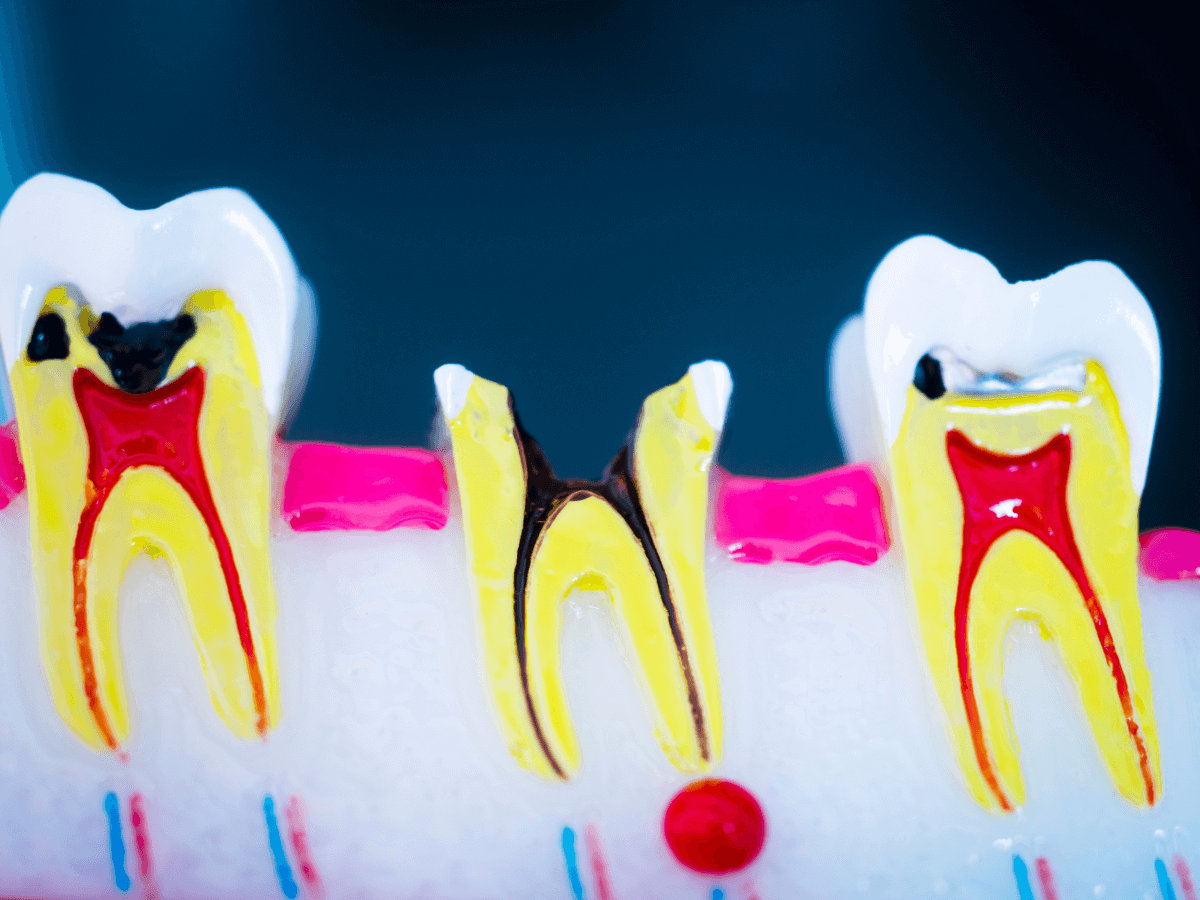
Dentures
Procedure Definition: Dentures are appliances that can be used when a patient is missing all or most of their teeth. There are three types of dentures: conventional, immediate, and overdenture. While conventional and immediate dentures are both intended to replace all teeth, an overdenture is used when a small number of the patient's original teeth or dental implants remain, allowing for increased stability. All denture types are removable.
Challenge: Overdentures require an experienced eye to make sure the fit is both comfortable and snug to help prevent food particles from getting trapped between the gums and the overdenture.
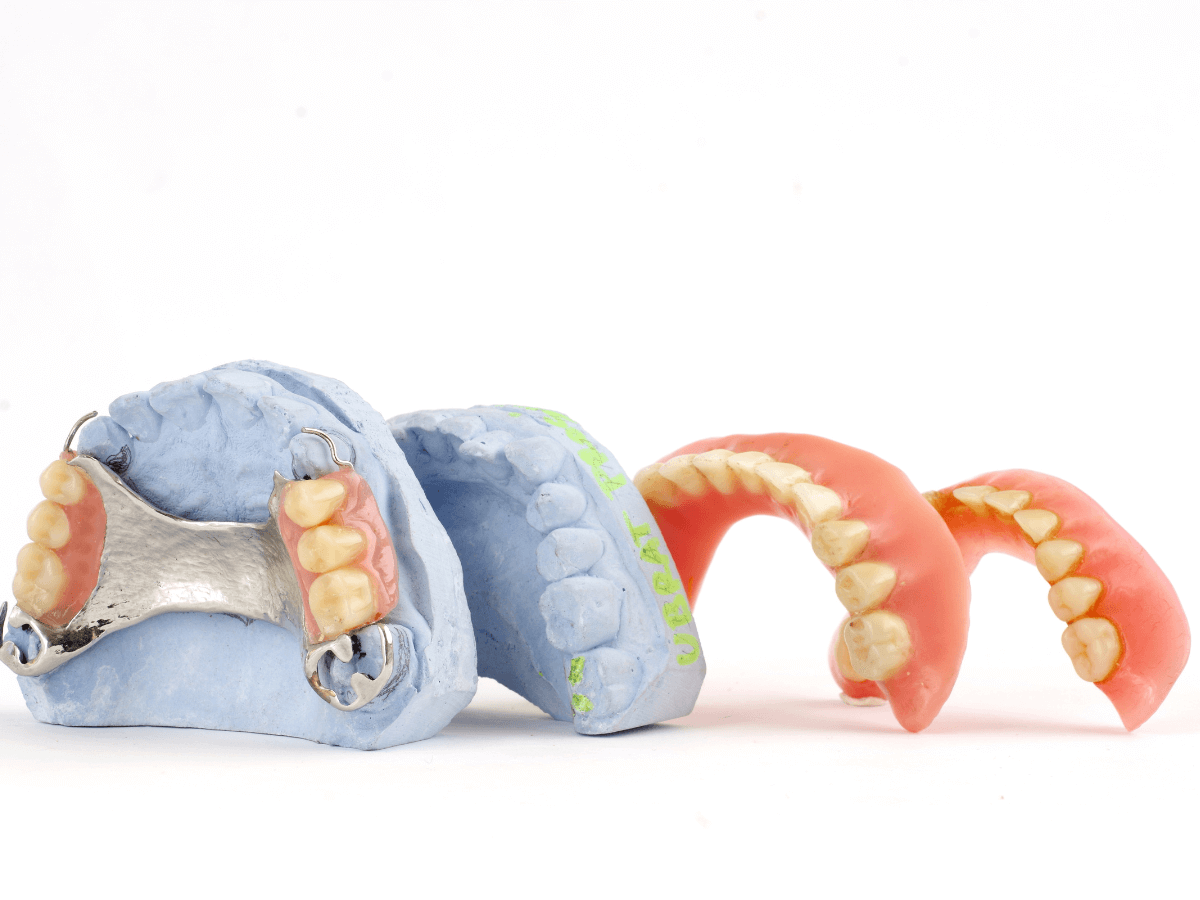
Dental Restoration Procedures: Risks & Advantages
Before searching for online restorative dental courses, you should evaluate the risks and advantages of adding restoration dentistry to your knowledge base.
Restorative Dental Procedure Risks for Your Patients
If performed correctly, most dental restorations have very few risks for your patients. The most common risks of dental restoration procedures for patients may include:
-
Sensitivity
-
Discomfort
-
Infection
These symptoms can be mitigated with proper post-operational care. Some patients may have a risk of an allergic reaction to specific materials. The risk of an allergic reaction can be reduced by knowing the patient's history and having an awareness of the ingredients used in dental products.
Restorative Dental Procedure Advantages for Your Patients
In most cases, the advantages of restoration procedures far outweigh the risks. Restorative dentistry can:
-
Restore oral health.
-
Help to eliminate dental pain.
-
Reduce the risk of future dental problems.
-
Improve mouth functions such as speaking, chewing, and eating.
-
Improve the appearance of the patient’s smile.
Even if a patient knows the benefits, they may still be nervous about dental procedures if they have had bad experiences in the past. Fortunately, a relationship in which the patient has positive restorative procedure experiences with you can reduce any anxiety related to dental procedures in general, and earn you a lifelong patient.
Restorative Dental Risks for You
Without the confidence and additional training, you may be promising what you can’t deliver. This could result in malpractice lawsuits and legal troubles. This is a great risk to your dental career — and your reputation — that can be avoided with additional training and repetitive practice.
Keep in mind, the cost of additional training in order to provide restorative services could be overwhelming — especially if you are still paying off your dental school loans. In-person courses and seminars can be expensive, and you’ll also need to consider any travel and accommodation costs.
Restorative Dental Advantages for You
When you have the continued education needed to confidently offer a wide range of restorative dental services to your patients, you can jumpstart your career path and help ensure your success as an experienced dentist in the field.
Whether you dream of starting your own practice or have just opened, adding restorative dentistry to your offerings:
-
Expands your pool of potential patients.
-
Can be a key step to scaling your business.
-
Increases your reputation and the reputation of the practice.
-
Can improve patient relationships.
In many cases, restorative dental education pays for itself if you can apply the knowledge and skills learned directly to your career goals. Additionally, you may have the ability to expand your offerings and meet your CE credit requirements with the same restorative dental education provider.
Becoming Licensed & CE Renewals with Restorative Dentistry
Finishing dental school is a commendable accomplishment. However, like many new professionals, you may not feel ready or confident in performing restorative dental procedures. Additional hands-on practice and learning opportunities may help you tackle the common challenges you’ll face when providing restorative procedures to your patients, but paying for in-person classes can be a costly addition to your education.
Besides the added cost, additional in-person courses can be difficult to incorporate into your already busy schedule. Online dental courses can be a great option to hone your skills from the comfort of your home or practice without having to worry about the pandemic or other outside factors that could impact an in-person course schedule.
Keep in mind, not all online course providers offer hands-on training, continuing professional development (CPD) courses that count as CE courses, or a supportive community and mentorship opportunities. To get the most out of your online education journey, you’ll want to evaluate your options and choose the service provider that best matches your individual needs.
RipeGlobal, a world-class, cloud-based dental education platform, was created to support dentists throughout their career journey. That’s why RipeGlobal offers a variety of online restorative dentistry courses that can be used for CE credits and expanding your skill mastery with the use of innovative simulation technology and an online environment geared towards supportive learning.
Courses and Virtual Residency’s with RipeGlobal provide you with:
Online, Hands-On Dental CE Courses and Lectures Taught by Master Dentists
Master dentists from around the world have joined forces with RipeGlobal to offer their experience and knowledge to you through online courses, on-demand learning, mentorships, and more. Innovative technology allows you to watch your educator as they demonstrate skills and share their tips and tricks for tackling even the most challenging aspects of restorative dentistry.
You’re Never Alone With RipeGlobal
With a supportive community of dental professionals and students at your fingertips, you’ll have the opportunity to collaborate with your peers and get the motivation you need to reach your goals.
That sense of community extends to having access to dental educators around the world who take part in our integrated learning approach through immersive interactions with their students. What’s more, you may have the opportunity to meet & greet our dental educators prior to beginning a Fellowship.
RipeGlobal Restorative Dentistry Course Offerings
With a variety of ways to master restorative procedures, you can learn at a pace that matches your level of comfort and personal schedule. RipeGlobal offers the following:
Restorative Dentistry Bootcamps
Hands-on bootcamps, such as the Crown Prep Bootcamp, are intensive courses that help you gain confidence with procedure-specific tips and techniques demonstrated by master dentists on our cloud-based platform.
Each bootcamp devotes time for pre-reading and learning before diving into a full day of hands-on online learning.
Restorative Dentistry Virtual Residency
The Restorative Dentistry Virtual Residency is a two-year course designed to up-skill your dentistry. With a unique curriculum and online simulated experiences to prepare you against the stresses of practicing restorative dentistry, you’ll be taught greater predictability to help boost your confidence with restorative procedures such as onlays, dental implants, and more.
A Fellowship comes with RipeGlobal’s Simulation Lab Kit — shipped to you globally — so you can practice and refine your skills from the comfort of your own home or dental practice.
Accelerate Your Career With RipeGlobal’s Restorative Dentistry Virtual Residency
Mastering skills to improve your dental career outlook can seem like a daunting task that you have to accomplish on your own. RipeGlobal was created to share the idea that with the right educators, supportive community, and advanced simulation technology, dental professionals from around the world can gain the knowledge and confidence they need to help their patients.
The Restorative Dentistry Virtual Residency is a comprehensive course that gives you the opportunity to explore your potential and ignite your passion for providing your patients with better oral health. Learn about the Restorative Dentistry Virtual Residency.

